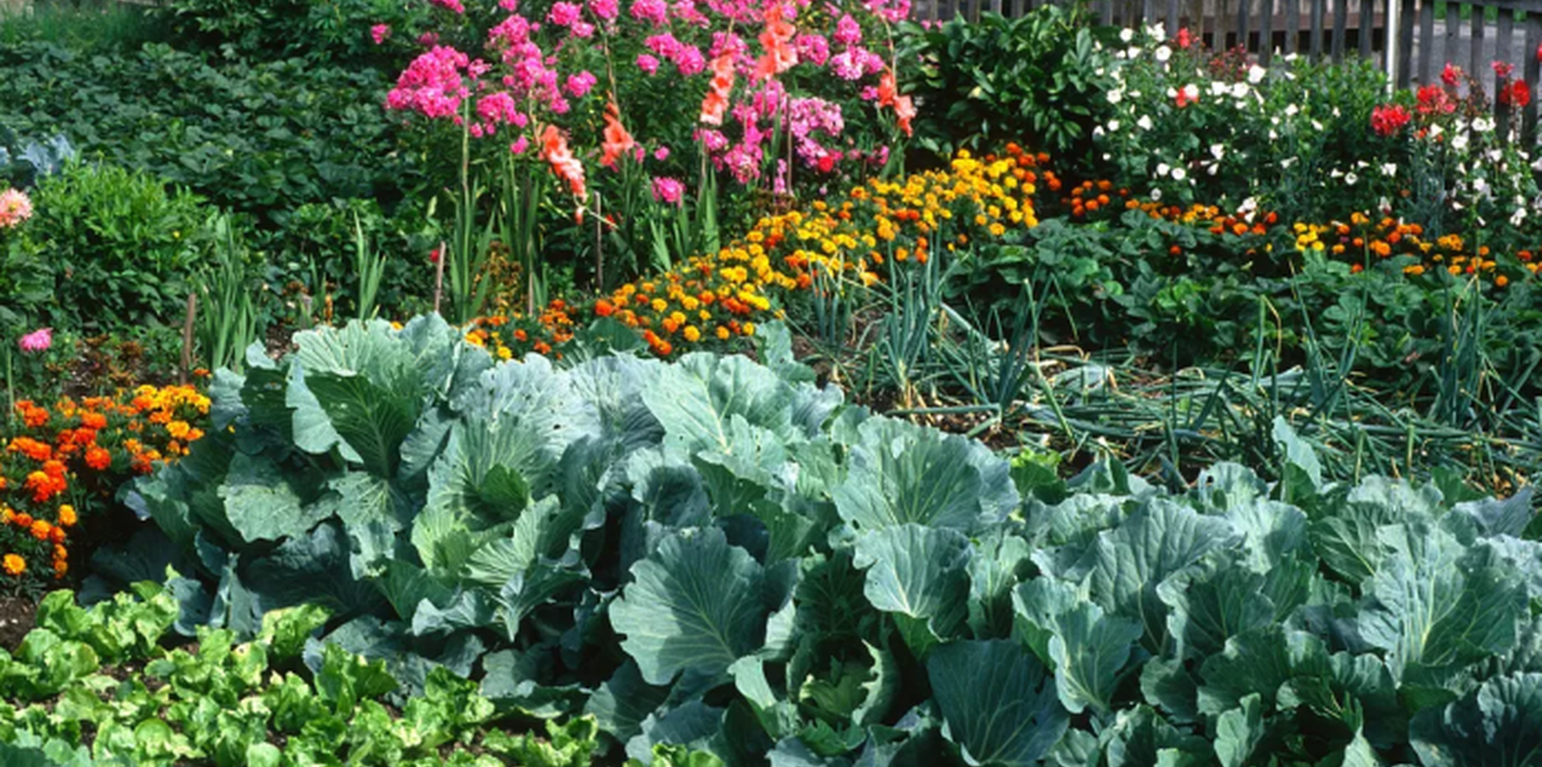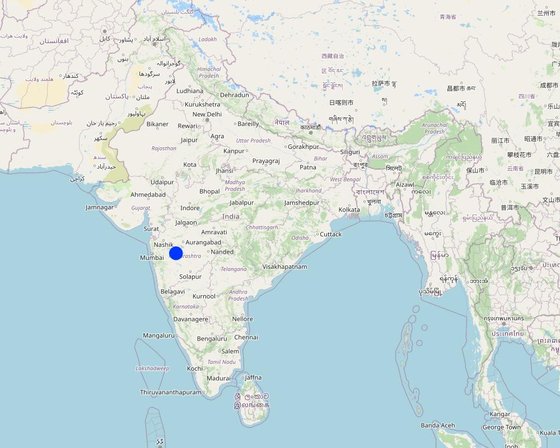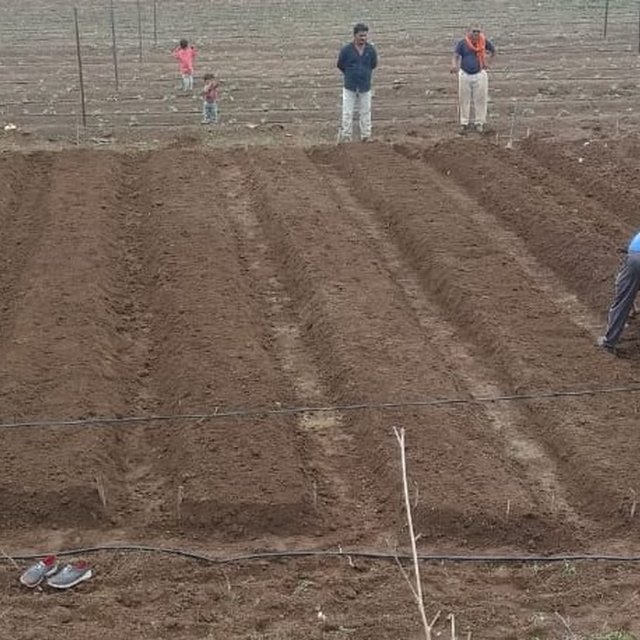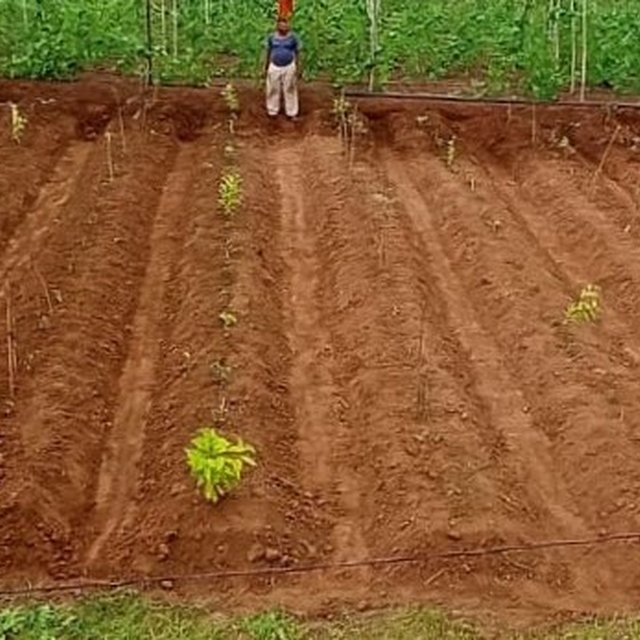



Multilayer farming is an agricultural model that aims at achieving maximum production per unit area by utilizing water, manure, and land resources to their full potential. This method is based on the synergies between the different crops and plants planted on a given piece of land. This method is cost-effective and yields more benefits than other farming systems. By cultivating four to five crops with the same amount of fertilizer and water required for a single crop, farmers can increase their income, and multiple crops can be harvested yearly using the same piece of land.
Multilayer farming is based on scientific, ecological, and economic principles, promoting crop diversification, maximizing productivity, utilizing resources more efficiently, and promoting intensive input use. Moreover, it ensures the sustainability of farm resources and the environment in the long term.
The multilayer farming system mainly consists of an overstory of trees or shrubs with an understory of economic or forage crops. By incorporating these principles, farmers can achieve greater yields and financial success while promoting environmental sustainability.
As a part of the program's approach, WOTR (Watershed Organisation Trust, the project implementing partner trained women change-makers) to spread awareness among villagers about the importance of nutrition and a healthy diet. Since 2018, the active promotion of multilayer farming to address food and nutrition insecurity in Maharashtra is undertaken. As a result, 1124 plots across 150 villages in Maharashtra have adopted this unique farming method to enhance food and nutrition security.
The multilayer farming system involves several steps to ensure maximum productivity from the available resources.
1.The first step is land preparation, which involves applying 300 kg of cow dung or vermicompost along with one kg of Trichoderma powder per 36 x 36 feet plot. Trichoderma is a bio-fungicide that helps to prevent fungal infections in plants and roots.
2.Next, eight beds of 3 x 36 feet are prepared with 1.5 to 2 feet of space left in between. These beds need to be arranged in the North-South direction to ensure that plants receive adequate sunlight.
3.After preparing the bed, 1-foot deep channels are dug to drain excess water so ensuring that the crops are not waterlogged.
4.Finally, in the middle of each bed, vegetable and fruit crops are planted according to a crop planning chart. By planting a variety of crops in the same plot, the multilayer farming system ensures the effective utilization of resources and provides an even distribution of income and employment throughout the year by producing several off-season crops.
The multilayer farming system has numerous benefits that make it an effective and sustainable farming method. It makes effective use of soil, water, and other resources, reducing waste and increasing productivity. Additionally the system reduces climate-specific damage and enhances soil health, helping to maintain an ecological balance in the environment. The soil covered minimizes water loss due to soil evaporation, generating a higher income per unit area with an even distribution of income and employment throughout the year. The multilayer farming system generates jobs and allows for better utilization of labor while reducing the impacts of climate-specific hazards such as high-intensity rainfall, soil erosion, and landslides. Multilayer farming also utilizes soil moisture at different depths and solar energy at different heights, improving soil characteristics and adding organic matter to the soil. It reduces pests and disease infestation and provides micro-climate conditions which ensure better productivity of crops underneath. Overall, multilayer farming is a sustainable and efficient farming method that not only maximizes productivity but also enhances soil and environmental health while promoting economic and social well-being.

Localização: Ahmednagar, Maharashtra, Índia
Nº de sites de tecnologia analisados: 100-1000 locais
Difusão da tecnologia: Aplicado em pontos específicos/concentrado numa pequena área
Em uma área permanentemente protegida?: Não
Data da implementação: 2018
Tipo de introdução







| Especifique a entrada | Unidade | Quantidade | Custos por unidade (INR) | Custos totais por entrada (INR) | % dos custos arcados pelos usuários da terra |
| Mão-de-obra | |||||
| Land preparation | person days | 2,0 | 200,0 | 400,0 | 100,0 |
| Preperation of beds for sowing | Person days | 3,0 | 200,0 | 600,0 | 100,0 |
| Equipamento | |||||
| Fencing material | Lumpsum | 1,0 | 5000,0 | 5000,0 | 100,0 |
| Material vegetal | |||||
| Seeds for fruit trees (seeds and planting material) | Plant | 100,0 | 50,0 | 5000,0 | 100,0 |
| Fertilizantes e biocidas | |||||
| Fram yard manure | Tons | 10,0 | 600,0 | 6000,0 | 100,0 |
| Outros | |||||
| Miscellaneous | 1,0 | 2000,0 | 2000,0 | 100,0 | |
| Custos totais para a implantação da tecnologia | 19'000.0 | ||||
| Custos totais para o estabelecimento da Tecnologia em USD | 237.5 | ||||
| Especifique a entrada | Unidade | Quantidade | Custos por unidade (INR) | Custos totais por entrada (INR) | % dos custos arcados pelos usuários da terra |
| Mão-de-obra | |||||
| Sowing of seeds | Person days | 8,0 | 200,0 | 1600,0 | 100,0 |
| Application of FYM and other inputs | Person days | 5,0 | 200,0 | 1000,0 | 100,0 |
| Maintenance and monitoring of the field | Person days | 50,0 | 100,0 | 5000,0 | 100,0 |
| Harvesting | Person days | 20,0 | 200,0 | 4000,0 | 100,0 |
| Material vegetal | |||||
| Seeds and planting material | Kg | 0,25 | 1000,0 | 250,0 | 100,0 |
| Fertilizantes e biocidas | |||||
| Farm yard manure and other inputs | Tons | 5,0 | 750,0 | 3750,0 | 100,0 |
| Outros | |||||
| Other cost | Lumpsum | 1,0 | 1000,0 | 1000,0 | 100,0 |
| Custos totais para a manutenção da tecnologia | 16'600.0 | ||||
| Custos totais de manutenção da Tecnologia em USD | 207.5 | ||||
The district is one among the progressive districts of Maharashtra and is well connected with a good network of roads and railways.
Round the year farm, produce of vegetables and fruits is available from multilayer fields. The data is based on the observation of land users, there has not been any study to assess possible qualitative improvements
Farmers grow multilayer crops in smaller land sizes thus increasing the diversity of the products and the nutrition quality at the household level
The use of micro irrigation led to a more efficient use of the same quantity of water allowing for the irrigation of land for a longer duration
Organic inputs such as cow dung, cow urine, etc were used. This reduced the cost of the inputs.
Income from farms increased as farm yields increased. Excess produce of vegetables and fruits is sold in the market.
As the farmers shift from mono-crop to multilayer cropping. This reduces the risk of crop failure faced by mono-crop farmers.
Intake of nutritional food increased as the availability of fruits and vegetables no longer depended exclusively on markets
Nutritional food available for consumption
Crop cover for a longer duration over the soil, reducing evaporation losses
Use of organic practices and covering the soil with crop and dry crop litter for a longer duration increased the soil moisture retention capacity
Bio-inputs and dry crop litter added to the soil increased the soil organic matter
Crop diversity: vegetables and fruit crops are grown
As multiple crops are grown, pest and disease infestation is reduced